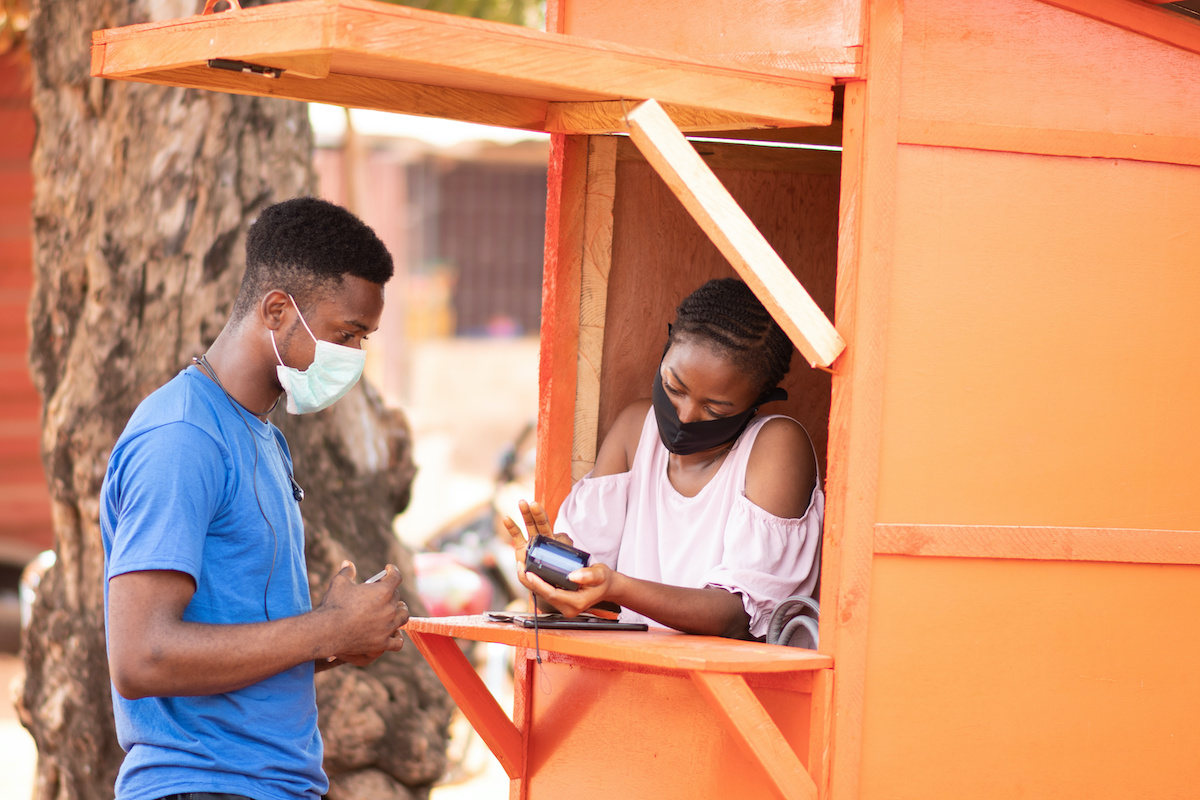Recommended
The response to the COVID-19 pandemic saw schools close across the globe. The huge majority of children worldwide are in developing countries, and the considerable majority of unpaid care is provided by women. That means women in low- and middle-income countries were likely to have been disproportionately affected. In this note, we estimate the childcare workload in low- and middle-income countries created by school and preschool closures, and the potential distribution of that burden between men and women.
For data sources, we use UNESCO for the number of children that are enrolled in pre-primary school and the legal age that kids enter pre-primary school. Where data is not available, we take an income-level average of pre-primary enrollment rates. The World Bank and the UN provide most of our population estimates, and we take an average of the two when both are available. The Wittgenstein Center gives us the number of children ages 5-9. The OECD provides the (pre-COVID-19) ratio between male and female time spent in unpaid care work, and we use the average for their income category for countries with no data. ICPSR Response2Covid19, last updated October 2020, provides the number of days in 2020 where school was closed for each country.
We calculate the added school-aged childcare burden during COVID-19 as the number of children above preprimary school age and below age ten multiplied by the number of days in 2020 (through October) that schools were closed. We take the added pre-school childcare workload as the number of children in preprimary school multiplied by one half of the number of days schools were closed (making the conservative assumption that preschools re-opened more rapidly). For low- and middle-income countries as a whole, we estimate that the average of 124 days of school closures across countries led to 107 billion student-days of missed school, and preschool closures added 16 billion days. Assume that, due to closures, each child requires (only) 5 hours of additional care per day, that totals 615 billion hours-worth of unpaid childcare. Of course, many families will have more than one child at home, and an adult can watch more than one child. On the other hand, this workload will have been likely to fall disproportionately on parents, particularly mothers.
| Country | Billion hrs. unpaid childcare | Assuming pre-COVID share in unpaid care … | |
|---|---|---|---|
| Hours per adult woman | Hours per adult man | ||
| Uganda | 9 | 400 | 360 |
| Pakistan | 28 | 390 | 36 |
| India | 176 | 360 | 33 |
| Mali | 2 | 300 | 17 |
| Ghana | 3 | 280 | 90 |
| Argentina | 5 | 260 | 91 |
| Peru | 4 | 240 | 97 |
| Madagascar | 2 | 230 | 60 |
| Madagascar | 2 | 230 | 60 |
| Cambodia | 2 | 230 | 61 |
| Nigeria | 20 | 230 | 120 |
| Ecuador | 2 | 220 | 63 |
| Bangladesh | 15 | 210 | 55 |
| Colombia | 5 | 210 | 67 |
| Mexico | 12 | 210 | 67 |
| Kyrgyzstan | 1 | 180 | 75 |
| Tanzania | 4 | 180 | 66 |
| South Africa | 5 | 180 | 66 |
| Nicaragua | 1 | 170 | 47 |
| Tunisia | 1 | 170 | 23 |
| Brazil | 18 | 170 | 65 |
| Turkey | 6 | 170 | 28 |
| China | 107 | 160 | 58 |
| Algeria | 2 | 130 | 19 |
| Thailand | 3 | 63 | 37 |
Using our OECD data on the (pre-COVID-19) share of men and women in unpaid care work, we can estimate the gender breakdown of the additional workload across countries. In low- and middle-income countries about three quarters of the care workload traditionally falls on women, compared to about two thirds in high income countries. It is worth noting that evidence from South Africa during the height of the country’s lockdown suggests that while women did provide more of the additional childcare workload, the distribution of labor may well have been more equal than prior to the pandemic. If the situation was similar elsewhere, that suggests estimates of the distribution of unpaid care labor created by COVID-19, but based on pre-COVID-19 estimates of workload share may be biased upwards. On this basis, we estimate that working age (15-64) women worked 217 additional unpaid hours per woman in low- and middle-income countries, and 70 additional hours for men. Assume the gap in care provision thanks to the extra burden of COVID-19 was only half as large as the pre-pandemic gap, that would still suggest a seventy-plus hour additional childcare workload per capita for women above men.
Globally (high income countries included), we estimate that school and preschool closures created the need for 672 billion hours of additional unpaid childcare in 2020 through October. If the global care split was similar to that prior to COVID-19, it would suggest 173 additional unpaid childcare in 2020 per working age (15-64) woman, and 59 additional hours for men. Assume the gap in care provision during COVID-19 was only half as large as the pre-pandemic gap, that would still suggest a fifty-plus hour additional childcare workload per capita for women above men.
This staggeringly large and unequal childcare workload may have been one factor behind the disproportionate fall in women’s employment and closure of women-owned firms during the pandemic. But the inequality in employment and firm closures is dwarfed by our estimates of inequality in childcare. That suggests many families, and in particular sisters, aunts, and mothers, were left trying to juggle work and child-care simultaneously. The consequences will surely outlive school re-openings.
Rights & Permissions
You may use and disseminate CGD’s publications under these conditions.






